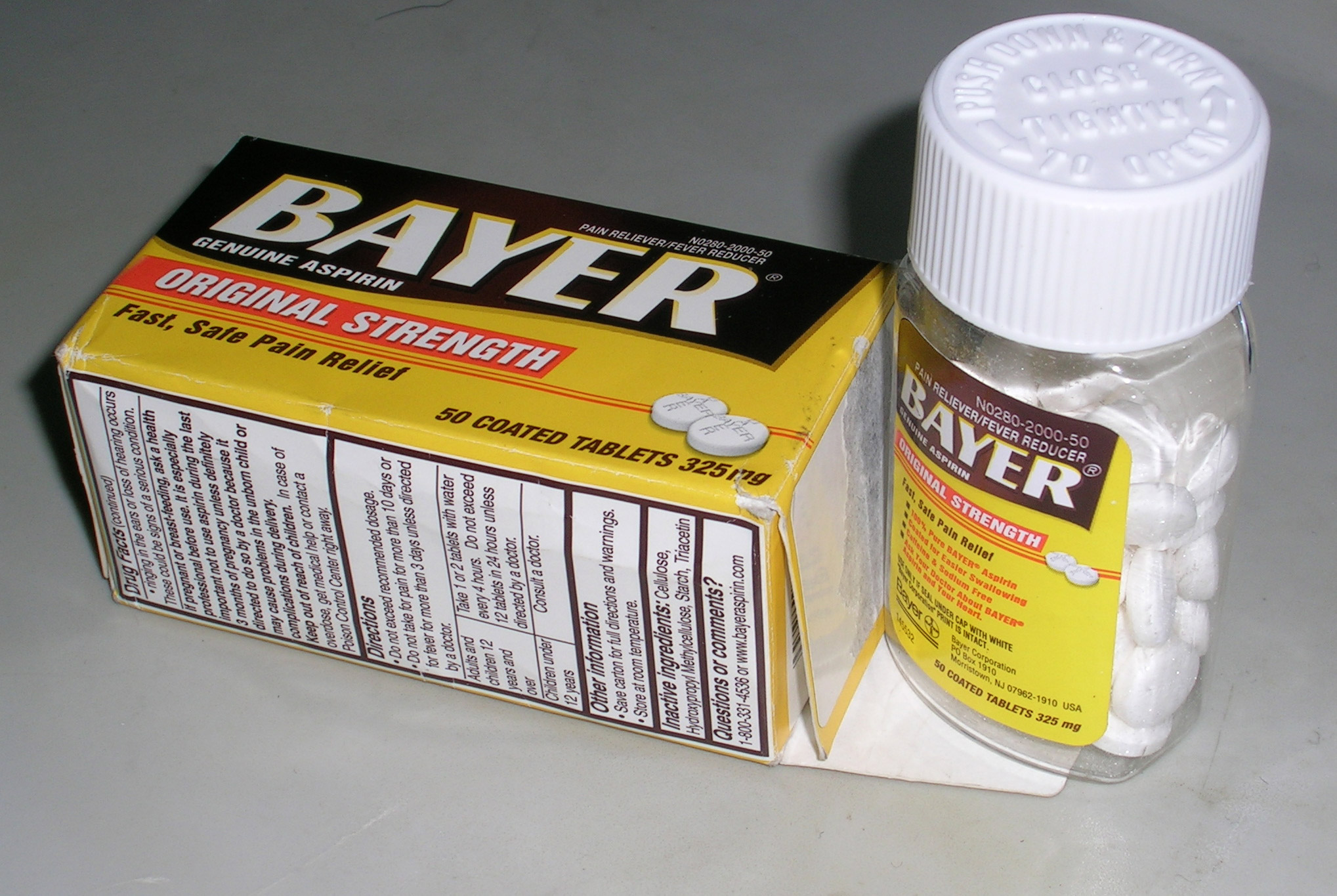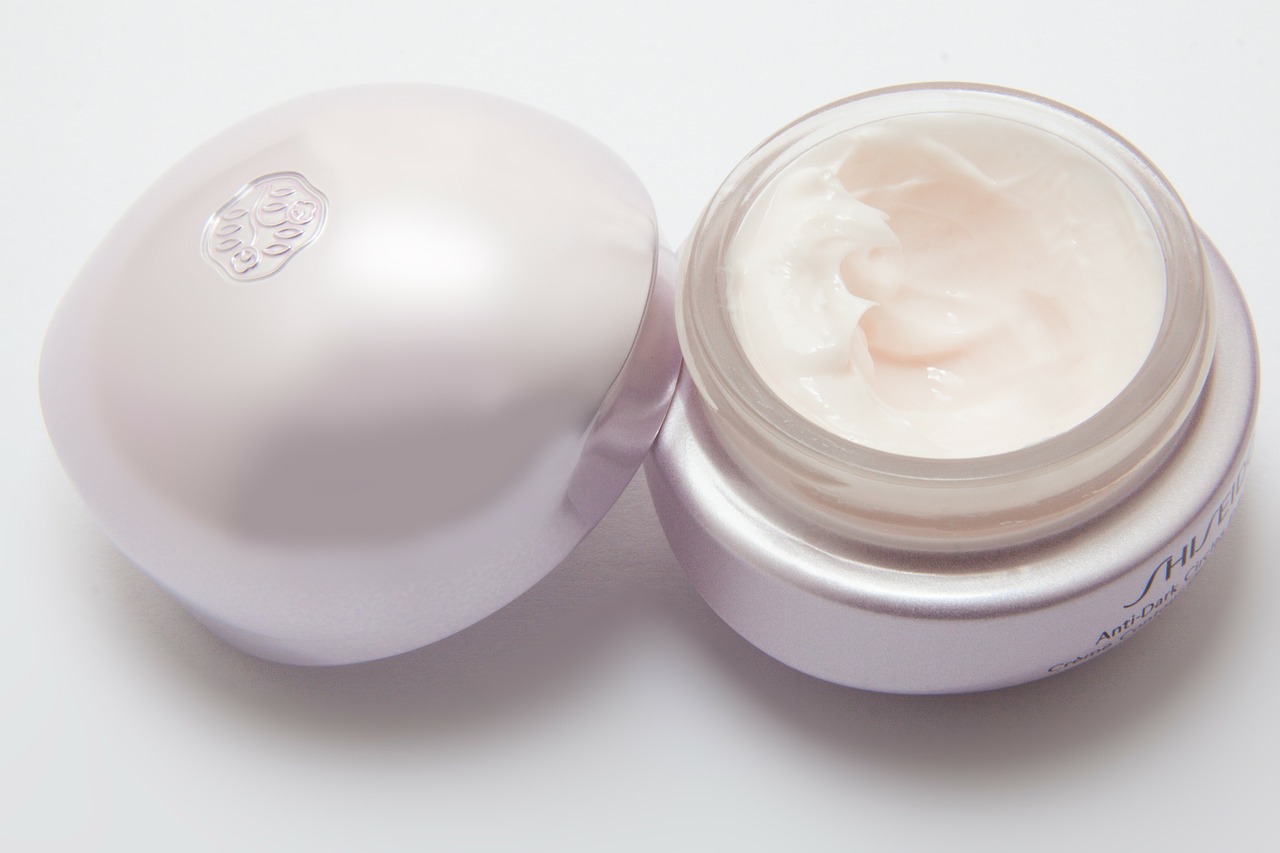|
Antipruritics
Antipruritics, abirritants, or anti-itch drugs, are medications that inhibit the itching (Latin: ''pruritus'') often associated with sunburns, allergic reactions, eczema, psoriasis, chickenpox, fungal infections, insect bites and stings like those from mosquitoes, fleas, and mites, and contact dermatitis and urticaria caused by plants such as poison ivy (urushiol-induced contact dermatitis) or stinging nettle. It can also be caused by chronic kidney disease and related conditions. Abirritants consist of a large group of drugs belonging to different classes with varying mechanisms to treat itch. They may work either directly or indirectly to relieve itch, and evidence on their effectiveness varies from one class to another. Some alternative medicines are also used to treat itch. Side effects of abirritants also vary depending on the class of the drug. Even before the emergence of modern evidence-based medicine, abirritants have already been used in many civilizations, but practices ... [...More Info...] [...Related Items...] OR: [Wikipedia] [Google] [Baidu] |
Itch
Itch (also known as pruritus) is a sensation that causes the desire or reflex to scratch. Itch has resisted many attempts to be classified as any one type of sensory experience. Itch has many similarities to pain, and while both are unpleasant sensory experiences, their behavioral response patterns are different. Pain creates a withdrawal reflex, whereas itch leads to a scratch reflex. Unmyelinated nerve fibers for itch and pain both originate in the skin; however, information for them is conveyed centrally in two distinct systems that both use the same nerve bundle and spinothalamic tract. Classification Most commonly, an itch is felt in one place. If it is felt all over the body, then it is called ''generalized itch'' or ''generalized pruritus''. If the sensation of itching persists for six weeks or longer, then it is called ''chronic itch'' or ''chronic pruritus''. ''Chronic idiopathic pruritus'' or ''essential pruritus'' is a rare form of itch that persists for longer ... [...More Info...] [...Related Items...] OR: [Wikipedia] [Google] [Baidu] |
Diphenhydramine
Diphenhydramine (DPH) is an antihistamine and sedative mainly used to treat allergies, insomnia, and symptoms of the common cold. It is also less commonly used for tremor in parkinsonism, and nausea. It is taken by mouth, injected into a vein, injected into a muscle, or applied to the skin. Maximal effect is typically around two hours after a dose, and effects can last for up to seven hours. Common side effects include sleepiness, poor coordination and an upset stomach. Its use is not recommended in young children or the elderly. There is no clear risk of harm when used during pregnancy; however, use during breastfeeding is not recommended. It is a first generation H1-antihistamine and ethanolamine and works by blocking certain effects of histamine, which produces its antihistamine and sedative effects. Diphenhydramine is also a potent anticholinergic, which means it also works as a deliriant at higher than recommended doses as a result. Its sedative and deliriant eff ... [...More Info...] [...Related Items...] OR: [Wikipedia] [Google] [Baidu] |
Medication
A medication (also called medicament, medicine, pharmaceutical drug, medicinal drug or simply drug) is a drug used to diagnose, cure, treat, or prevent disease. Drug therapy ( pharmacotherapy) is an important part of the medical field and relies on the science of pharmacology for continual advancement and on pharmacy for appropriate management. Drugs are classified in multiple ways. One of the key divisions is by level of control, which distinguishes prescription drugs (those that a pharmacist dispenses only on the order of a physician, physician assistant, or qualified nurse) from over-the-counter drugs (those that consumers can order for themselves). Another key distinction is between traditional small molecule drugs, usually derived from chemical synthesis, and biopharmaceuticals, which include recombinant proteins, vaccines, blood products used therapeutically (such as IVIG), gene therapy, monoclonal antibodies and cell therapy (for instance, stem cell thera ... [...More Info...] [...Related Items...] OR: [Wikipedia] [Google] [Baidu] |
Hydroxyzine
Hydroxyzine, sold under the brand names Atarax, Vistaril and others, is an antihistamine medication. It is used in the treatment of itchiness, insomnia, anxiety, and nausea, including that due to motion sickness. It is used either by mouth or injection into a muscle. Common side effects include sleepiness, headache, and a dry mouth. Serious side effects may include QT prolongation. It is unclear if use during pregnancy or breastfeeding is safe. Hydroxyzine works by blocking the effects of histamine. It is a first-generation antihistamine in the piperazine family of chemicals. It was first made by Union Chimique Belge in 1956 and was approved for sale by Pfizer in the United States later that year. In 2020, it was the 70th most commonly prescribed medication in the United States, with more than 10million prescriptions. Medical uses Hydroxyzine is used in the treatment of itchiness, anxiety, and nausea due to motion sickness. A systematic review concluded that hydroxyzine ... [...More Info...] [...Related Items...] OR: [Wikipedia] [Google] [Baidu] |
Antihistamine
Antihistamines are drugs which treat allergic rhinitis, common cold, influenza, and other allergies. Typically, people take antihistamines as an inexpensive, generic (not patented) drug that can be bought without a prescription and provides relief from nasal congestion, sneezing, or hives caused by pollen, dust mites, or animal allergy with few side effects. Antihistamines are usually for short-term treatment. Chronic allergies increase the risk of health problems which antihistamines might not treat, including asthma, sinusitis, and lower respiratory tract infection. Consultation of a medical professional is recommended for those who intend to take antihistamines for longer-term use. Although people typically use the word "antihistamine" to describe drugs for treating allergies, doctors and scientists use the term to describe a class of drug that opposes the activity of histamine receptors in the body. In this sense of the word, antihistamines are subclassified acco ... [...More Info...] [...Related Items...] OR: [Wikipedia] [Google] [Baidu] |
Active Ingredient
An active ingredient is any ingredient that provides biologically active or other direct effect in the diagnosis, cure, mitigation, treatment, or prevention of disease or to affect the structure or any function of the body of humans or animals. The similar terms active pharmaceutical ingredient (also abbreviated as API) and bulk active are also used in medicine, and the term active substance may be used for natural products. Some medication products may contain more than one active ingredient. The traditional word for the active pharmaceutical agent is pharmacon or pharmakon (from el, φάρμακον, adapted from ''pharmacos'') which originally denoted a magical substance or drug. The terms active constituent or active principle are often chosen when referring to the active substance of interest in a plant (such as salicylic acid in willow bark or arecoline in areca nuts), because the word "ingredient" in many minds connotes a sense of human agency (that is, something that ... [...More Info...] [...Related Items...] OR: [Wikipedia] [Google] [Baidu] |
Over-the-counter Drugs
Over-the-counter (OTC) drugs are medicines sold directly to a consumer without a requirement for a prescription from a healthcare professional, as opposed to prescription drugs, which may be supplied only to consumers possessing a valid prescription. In many countries, OTC drugs are selected by a regulatory agency to ensure that they contain ingredients that are safe and effective when used without a physician's care. OTC drugs are usually regulated according to their active pharmaceutical ingredient (API) rather than final products. By regulating APIs instead of specific drug formulations, governments allow manufacturers the freedom to formulate ingredients, or combinations of ingredients, into proprietary mixtures. The term ''over-the-counter'' (''OTC'') refers to a medication that can be purchased without a medical prescription. In contrast, prescription drugs require a prescription from a doctor or other health care professional and should only be used by the prescribed ... [...More Info...] [...Related Items...] OR: [Wikipedia] [Google] [Baidu] |
Spray (liquid Drop)
A spray is a dynamic collection of drops dispersed in a gas. The process of forming a spray is known as atomization. A spray nozzle is the device used to generate a spray. The two main uses of sprays are to distribute material over a cross-section and to generate liquid surface area. There are thousands of applications in which sprays allow material to be used most efficiently. The spray characteristics required must be understood in order to select the most appropriate technology, optimal device and size. Formation Spray atomization can be formed by several methods. The most common method is through a spray nozzle which typically has a fluid passage that is acted upon by different mechanical forces that atomize the liquid. The first atomization nozzle was invented by Thomas A. DeVilbiss of Toledo, Ohio in the late 1800s His invention was bulb atomizer that used pressure to impinge upon a liquid, breaking the liquid into a fine mist. Spray formation has taken on several forms ... [...More Info...] [...Related Items...] OR: [Wikipedia] [Google] [Baidu] |
Cream (pharmaceutical)
A cream is a preparation usually for application to the skin. Creams for application to mucous membranes such as those of the rectum or vagina are also used. Creams may be considered pharmaceutical products as even cosmetic creams are based on techniques developed by pharmacy and unmedicated creams are highly used in a variety of skin conditions (dermatoses). The use of the finger tip unit concept may be helpful in guiding how much topical cream is required to cover different areas. Creams are semi-solid emulsions of oil and water. They are divided into two types: oil-in-water (O/W) creams which are composed of small droplets of oil dispersed in a continuous water phase, and water-in-oil (W/O) creams which are composed of small droplets of water dispersed in a continuous oily phase. Oil-in-water creams are more comfortable and cosmetically acceptable as they are less greasy and more easily washed off using water. Water-in-oil creams are more difficult to handle but many drugs ... [...More Info...] [...Related Items...] OR: [Wikipedia] [Google] [Baidu] |
Tube Of Hydrocortison, Oude Pekela (2019) 02
Tube or tubes may refer to: * ''Tube'' (2003 film), a 2003 Korean film * ''The Tube'' (TV series), a music related TV series by Channel 4 in the United Kingdom * "Tubes" (Peter Dale), performer on the Soccer AM television show * Tube (band), a Japanese rock band * Tube & Berger, the alias of dance/electronica producers Arndt Rörig and Marco Vidovic from Germany * The Tube Music Network, a music video network that operated between 2006 and 2007 * The Tubes, a San Francisco-based band, popular in the 1970s and 1980s Other media * Tube, a freeware game for MS-DOS computers from Bullfrog Productions * ''TUBE.'', an online magazine about visual and performing arts, founded in 2012 in Sacramento, California * Series of tubes, an analogy for the Internet used by United States Senator Ted Stevens * Picture tube, term in Paint Shop Pro software for a small digital image with no background * YouTube, a video sharing website Science, technology, and mathematics Construction and mechani ... [...More Info...] [...Related Items...] OR: [Wikipedia] [Google] [Baidu] |
Systemic Drug
Systemic administration is a route of administration of medication, nutrition or other substance into the circulatory system so that the entire body is affected. Administration can take place via enteral administration (absorption of the drug through the gastrointestinal tract) or parenteral administration (generally injection, infusion, or implantation). Contrast with topical A topical medication is a medication that is applied to a particular place on or in the body. Most often topical medication means application to body surfaces such as the skin or mucous membranes to treat ailments via a large range of class ... administration where the effect is generally local. References Routes of administration {{pharma-stub ... [...More Info...] [...Related Items...] OR: [Wikipedia] [Google] [Baidu] |
_02.jpg)

.jpg)




